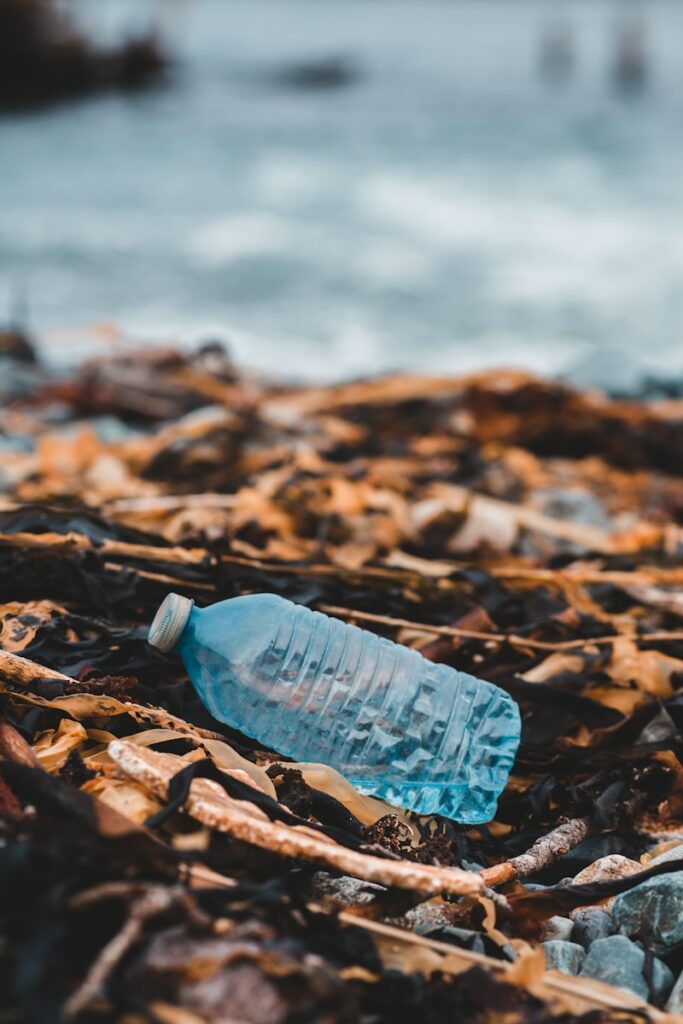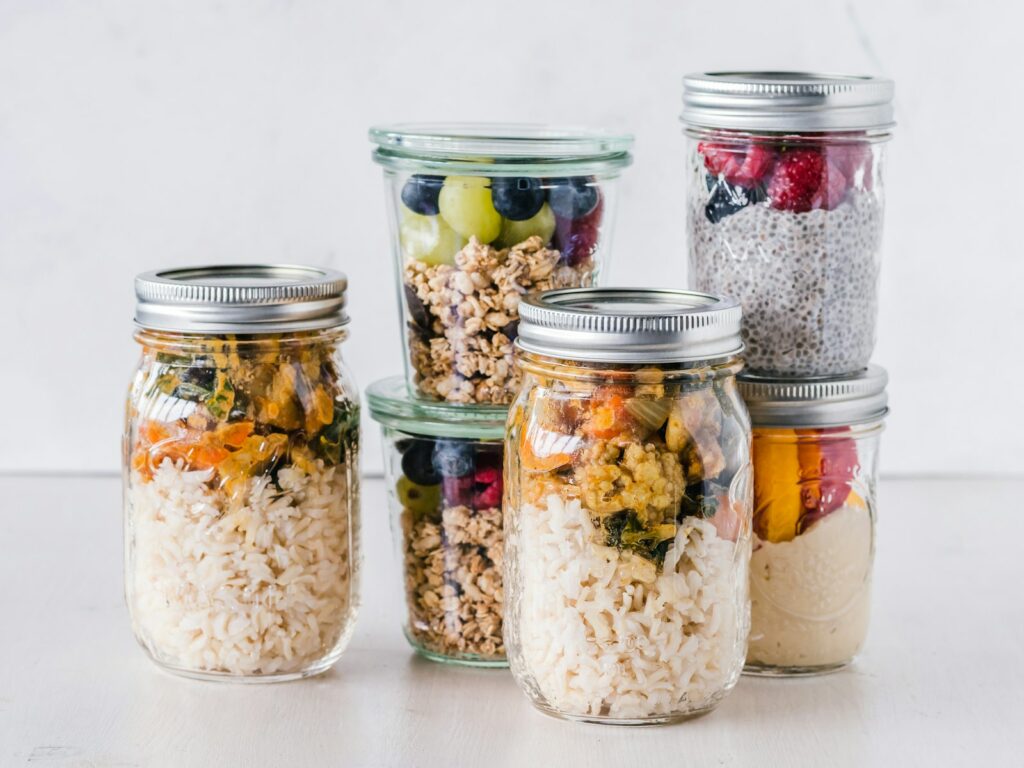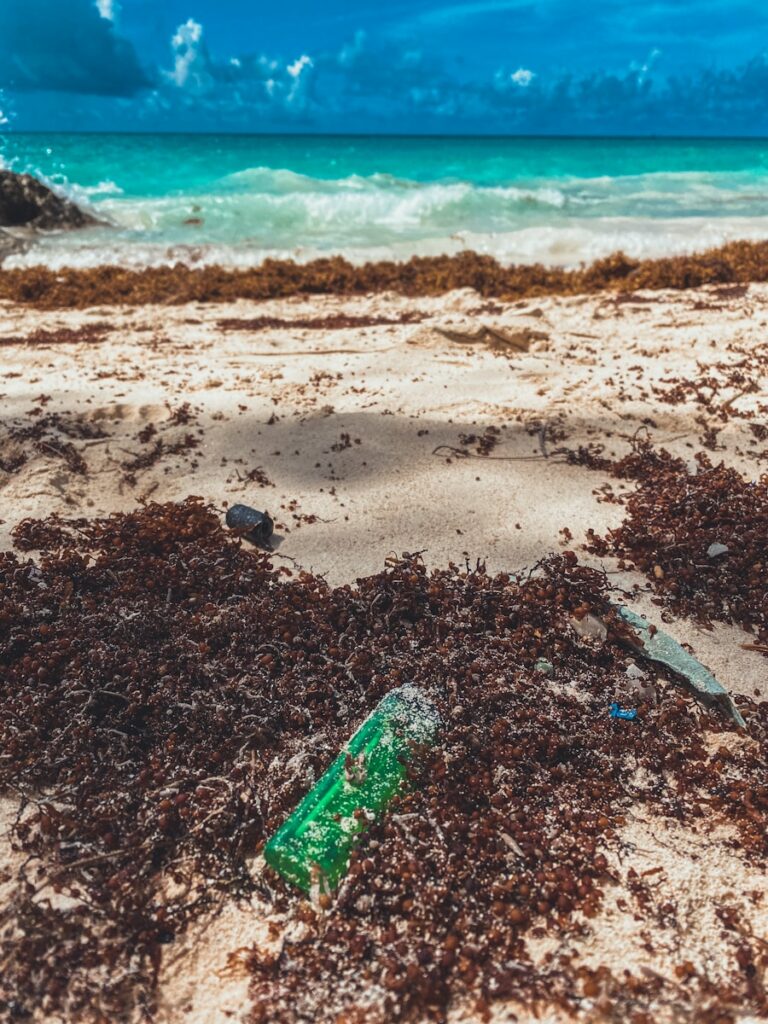Explore More
Urgent Health Threat Warning: You Are Consuming Microplastics With Your Food & Water
Microplastics have invaded the products men use every day posing serious health threat and risks like hormone disruption, heart disease and reduced fertility. New research confirms they’re in your bloodstream.

Fast Facts:
- 90% of bottled water contains detectable microplastics.
- 11,000+ plastic particles can be ingested yearly by someone who regularly eats shellfish.
- 1 credit card per week — That’s how much plastic the average person consumes.
It’s not fear-mongering—it’s science. Microplastics, those tiny fragments of plastic measuring less than 5 millimeters, have infiltrated nearly every corner of modern life. From the water in your reusable bottle to the protein-packed salmon on your dinner plate, microplastics are no longer just an environmental concern—they are a men’s health threat.

New research confirms what many experts have long feared: these invisible particles are making their way into the human bloodstream, organs and digestive systems—and they’re showing strong links to serious health issues, including cardiovascular disease, infertility, and hormone disruption.
If you’re a guy who works out, eats on the go or drinks bottled water, you’re likely ingesting hundreds—if not thousands—of particles every day.
And the worst part? Your body has no idea what to do with them.
Daily Exposure: You’re Consuming Plastics Without Knowing It
Let’s break it down. Here’s where microplastics are showing up in your daily life:
- Bottled Water: One study found that a single liter can contain over 10,000 microplastic particles.
- Seafood: Shellfish and fish now commonly contain microplastics—especially dangerous because you often consume the stomach and digestive tract.
- Protein Powders and Supplements: Some come in plastic containers or use plastic scoops that shed particles with repeated use.
- Canned Foods: Many cans are lined with plastic resin that degrades over time, especially with acidic contents like tomatoes or beans.
- Takeaway Containers and Coffee Cups: Hot food and drinks accelerate the leaching of microplastics, especially in polystyrene and plastic-lined paper cups.
What Microplastics Are Doing to Your Body

A 2023 global study identified microplastics in human blood for the first time, signaling that these particles don’t just pass through the gut—they can enter your bloodstream, potentially lodging in vital organs over time.
For men, this matters. Research is building around the following risks:
- Hormone Disruption: Microplastics contain endocrine-disrupting chemicals like BPA and phthalates. These chemicals can mess with testosterone levels, sperm quality, and even your mood.
- Heart Disease: Inhaling or ingesting microplastics has been linked to inflammation of blood vessels and increased risk of heart attacks.
- Reduced Fertility: Multiple studies are now examining how plastic exposure affects male reproductive health, showing troubling links to declining sperm count and motility.
- Cognitive Function: Animal studies have found microplastics can cross the blood-brain barrier, raising red flags about long-term cognitive effects in humans.
How Did Microplastics Went So Far?
We live in a plastic-saturated world. From packaging and personal care to electronics and water, nearly everything we touch contains or sheds plastic. Every time a plastic container is heated, scratched, or worn down, it releases microscopic debris. The average adult now consumes a credit card’s worth of plastic every week, according to a WWF report.
This is no longer just an ocean pollution problem—it’s a direct, measurable, and growing risk to your health.
What You Can Do Today to Protect Yourself
You can’t avoid microplastics entirely, but you can make smarter choices to reduce your exposure:
- Switch to a Stainless Steel or Glass Water Bottle – Ditch the disposable bottles for good.
- Avoid Heating Food in Plastic Containers – Even if it says microwave-safe. Go for glass or ceramic.

- Cut Back on Processed and Packaged Foods – The fewer layers of plastic between you and your meal, the better.
- Use a High-Quality Water Filter – Look for filters certified to remove microplastics and contaminants.
- Be Smart at the Gym – Choose metal or BPA-free containers for your shakes, and replace plastic scoops with stainless steel.
- Upgrade Your Coffee Routine – Those disposable cups are lined with plastic. Invest in a reusable mug.
Bottom Line: This Is a Wake-Up Call
Microplastics are not just an abstract issue for eco-activists or scientists. They are in your bloodstream, your organs, and possibly affecting your performance, endurance, and longevity.
If you care about your energy, your testosterone levels, your future family, or your ability to thrive—this is not something to ignore. Start today, make smarter choices, and share the knowledge. Real strength isn’t just about what you lift, it’s about how you live.
Do you want to share your professional opinion and inspire our readers ? YOUR EXPERTISE could be paving the way for a fairer society and progress.



